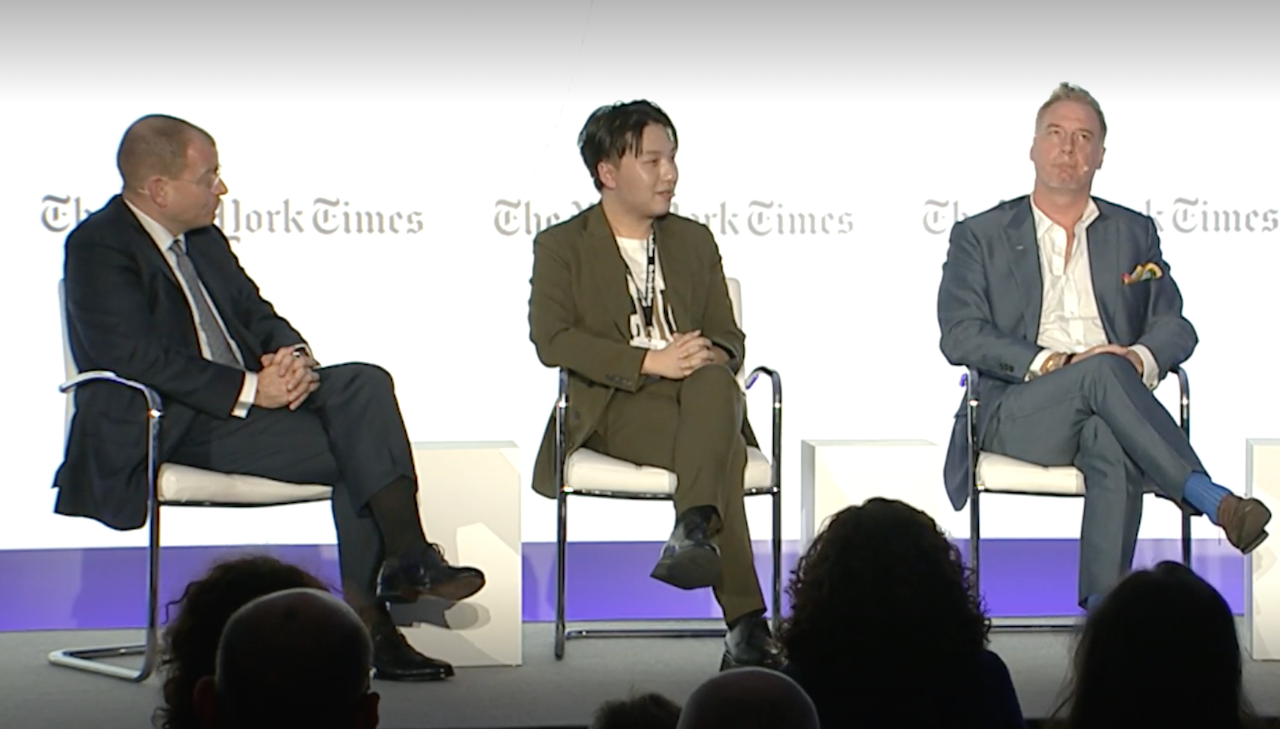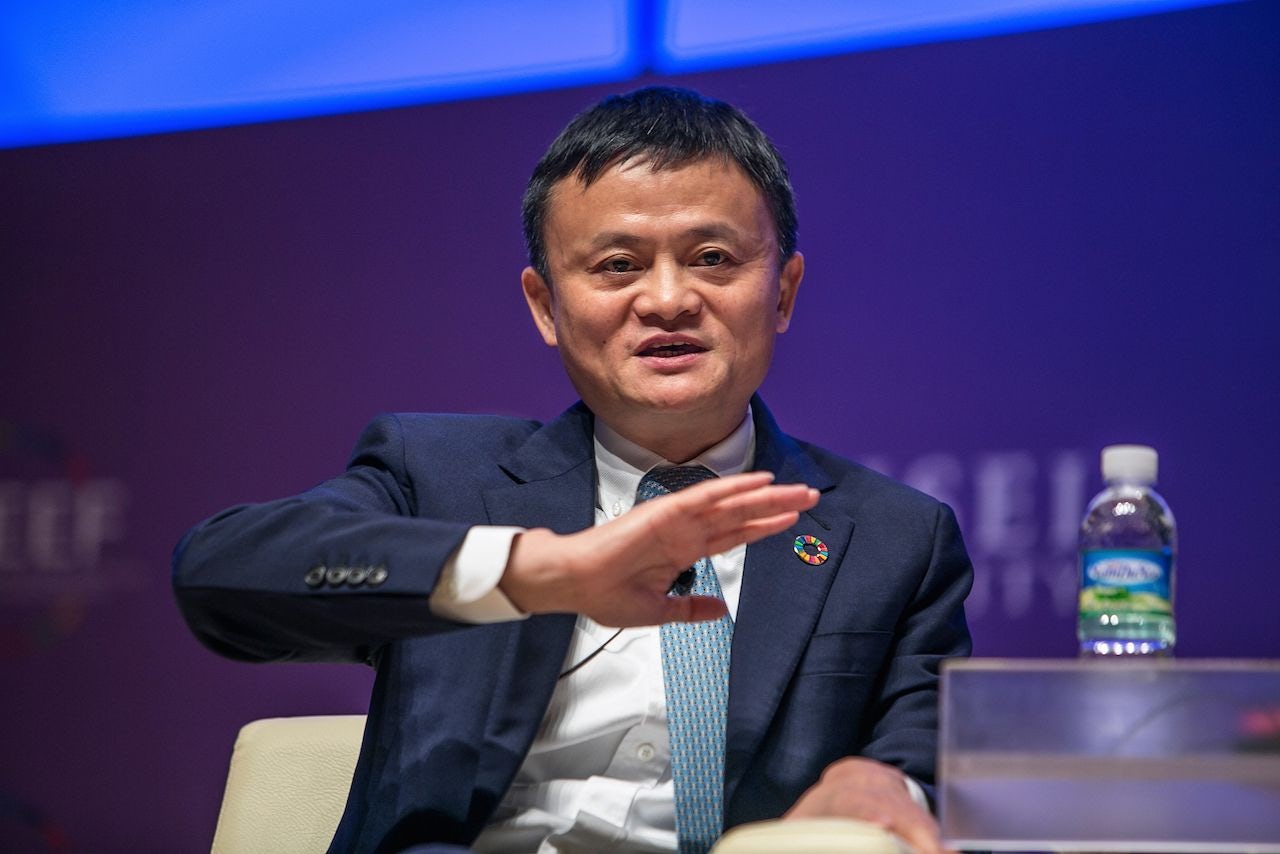As Western brands struggle to grapple with China's fast-changing luxury market, domestic players have a significant edge. Organized by Chinese fashion site Luxe.co, the Global Fashion Innovation and Investment Forum gathered Chinese investors, entrepreneurs, and designers in Beijing on April 18. Attendees discussed how the local fashion scene has shifted, the most up-to-date consumer trends, and how they can take market share away from big global players.
Among the many high-level speakers were: Yun Cheng, President of Fosun Group and Lanvin; Yisheng Yan, partner of IDG Capital, which backs Moncler and Gentle Monster; and haute couture designer Grace Chen, who has created looks for Oprah Winfrey and Helen Mirren.
Here are the five key takeaways about China's changing fashion market that emerged from the event.
1.Homegrown Luxury Brands Will Take on the Global Market#
With a persisting cultural disconnect, international luxury brands still can’t fully satisfy Chinese consumers' appetites. That leaves a real opportunity for domestic brands who can speak to their Chinese identity, and it needn't come at the expense of growth in foreign markets.
Yisheng Yan, the partner of IDG Capital, predicted that there will be more local talents who can create domestic equivalents of major brands such as IKEA, Muji, and L'Oréal. Meanwhile, as fashion continues to reflect cultural sophistication, the task at hand is to interpret Chinese cultural elements for a global audience, so that global recognition can rebound and reinforce Chinese brands' worthiness to local consumers.
Haute Couture designer Grace Chen spoke about the challenge she faced when creating a Chinese brand. “Would a French designer ask what is a French design element?” she asked. “No, because they think French elements are global.”
Because Chinese culture has relatively low recognition globally, she urged designers to find the most common elements from Chinese culture to connect both local and global audiences.
2. Homogenous Experiences Hinder Local Streetwear Brands#
Streetwear consumption in China increased 3.7 times faster than other fashion styles from 2015 to 2017. As popular media including reality TV shows continue to fuel this trend, streetwear and sneaker culture have become hot investments in China.
Industry experts argued, however, that the local streetwear scene currently lags far behind, leaving international luxury brands to dominate. Sam Ren, the founder of Chinese streetwear brand SMFK, said, “A lot of local players are doing similar things. Everyone is making the basic item, like a T-shirt.”
He argued the reason streetwear brands in China can't catch up to brands in more developed markets like the United States, France, and Japan, is the lack of diversity among the creators’ experiences.
“Our past experience in school and family condition various very little, so the products people make tend to be very similar.” He believes as Chinese youth seek more diverse careers and life choices, local streetwear will start to thrive.
3.Mass Brands Look to Designer Labels For Upgrades#
Wang Qiong, the fashion director of Chinese fashion website Luxe.co noticed that a lot of Fast Moving Consumer Goods (FMCG) brands have begun seeking partnerships with designer labels. As these brands mature, one of the roadblocks to growth is not their products but their branding.
They often want to improve their packaging aesthetics and marketing content, but they don't have much success doing it themselves. Consequently, they turn to designer brands. Qiang said such a model is relatively mature in the West and can be a win-win for mass-market brands and designer labels.
4. Investors Flock to Fashion Sharing Startups#
Yisheng Yan from IDG said the shareable economy is becoming more and more significant as young consumers change their shopping mentality in the digital age. A recent Nielsen study revealed that 94 percent of Chinese consumers are willing to join sharing communities, compared to just 42 percent in the United States.
Courting future power spenders on luxury goods, IDG invested in Chinese Rent the Runway clone Y-Closet and second-hand e-commerce site Plum. Alibaba founder Jack Ma has also injected 20 million into Rent the Runway itself to expand in the Asian market. Investor and property developer Adrian Cheng also led investments in luxury fashion rental apps Armarium and Flont, which offer high-end runway pieces and luxury jewelry rentals.
5.Brands Prioritize Digital Supply Chain Systems#
In response to growing pressure for cost efficiencies, many Chinese brands have turned to digital innovations to improve their core product design, manufacturing, and supply chain processes.
Liu Chen, founder of fashion agency Linctex said the complete digitalization of the supply chain is the future. She emphasized that the supply chain is at the heart of a fashion brand's healthy growth, but traditional supply chain processes have become messy and out-dated in the past 20 years. In the New Retail era, many Chinese brands are well placed to implement more efficient supply chain systems that can react to real-time consumer needs in store.




